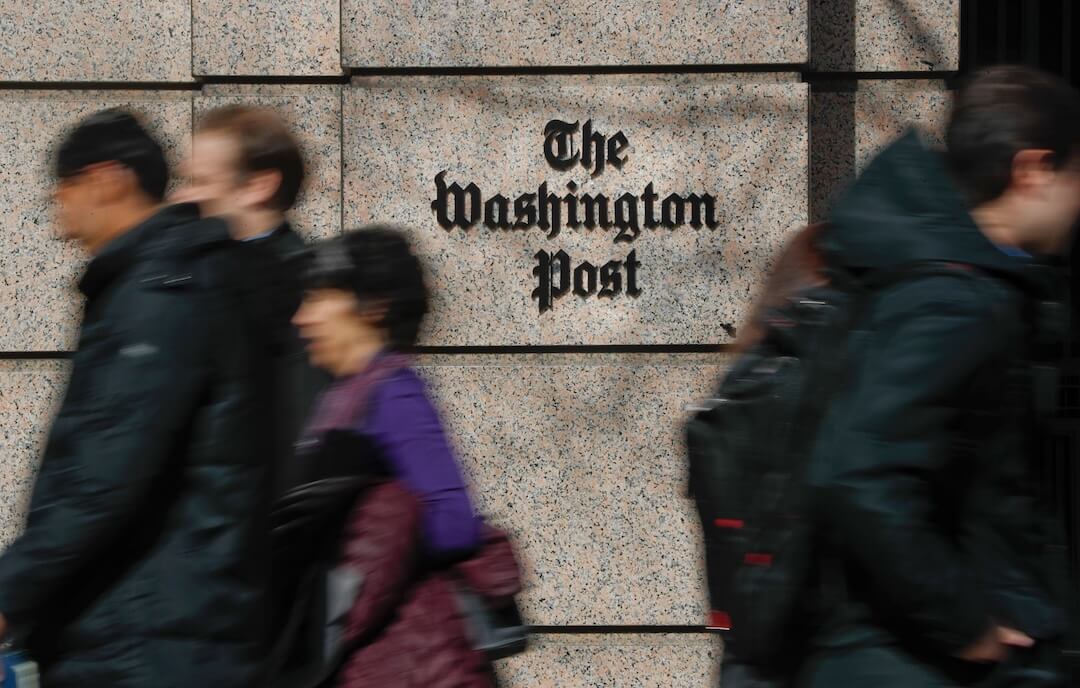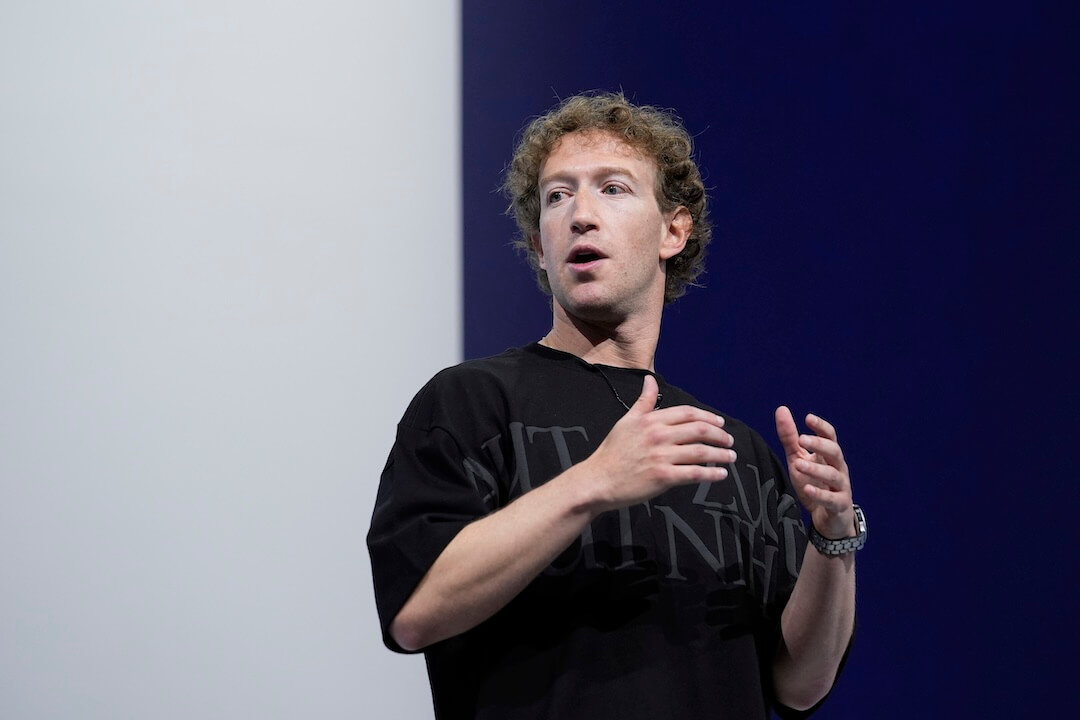The Federal Communications Commission on Monday approved Nexstar’s merger with Tribune Broadcasting. It makes the new company the biggest local TV station owner in the United States.
The newly combined company will have to divest some stations to comply with federal regulations that limit station ownership in a single market. The new company will hold 174 full-power station licenses in 115 markets nationwide.
One of the five FCC commissioner said that if it were up to him, the company would be allowed to grow even larger. The two commissioners who opposed the merger said consolidation is bad for “localism” and that the math is outdated on a loophole that allows the merger.
Commissioner Michael O’Rielly said in his approval that while broadcasters have government-imposed limits on how many stations they can own and operate in a market, their high-tech competitors have no such regulations.
[the_ad id=“667826”]
“The inflection point for digital advertising to overtake all other traditional ad platforms is literally happening before our eyes, with television ads having already been surpassed two years ago. Seismic shifts confronting the television industry threaten to send some entities the way of the newspaper if we do not respect marketplace realities and reorient our transaction regulations and processes, in general, to the way consumers, advertisers, and the market view broadcast television. The tsunami is already sweeping ashore and we’re still debating how many umbrellas the beachgoers are allowed to own.”
O’Rielly said he takes “significant issue with many of the station spin-offs required of Nexstar by the U.S. Department of Justice.” And he said, “Many of these stations, if not all, should have been allowed to transfer to Nexstar. Forcing so many to be spun off is more consistent with the bygone era of black and white television and a dilapidated, out-of-touch philosophy than the modern high-tech world in which we live.”
Commissioner Jessica Rosenworcel voted against the merger, pointing out that the new company would be able to reach 60% of American households despite FCC rules that are supposed to limit reach to 39% of households. Nexstar’s application says the merger will only reach 38.7% of U.S. households. Commissioner Rosenworcel points to a loophole that accounts for the discrepancy, called the UHF discount. That “discount” allows the owner of a station that is channel 14 or higher over-the-air to only count half of the audience it might reach.
But that discount was approved at a time when most people did not get TV signals from cable or satellite. Rosenworcel wrote in her disapproval of the Tribune/Nexstar merger, “The analog era is over. This is the digital age. With respect to UHF and VHF signals, this means the world has been reversed. The very UHF signals that had the least reach in analog broadcasting now have the furthest reach in digital broadcasting. Conversely, the once-desirable VHF signals now have the weakest reach in digital broadcasting. We should be updating our policies to reflect current technologies. There is not a broadcast engineer in the country who could say with a straight face that continuing to honor the UHF discount makes any technical sense. Yet our decision today depends entirely on counting stations as if it does. It relies on the fiction of the UHF discount still being technically viable in order to ensure that the new broadcasting company that results from this transaction clears important ownership limits in the law.”
[the_ad id=“667872″]
Commissioner Geoffrey Starks echoed those concerns about the UHF discount saying, “In my mind, permitting that large a single broadcaster runs counter to our fundamental tenets of promoting competition, localism, and diversity.” Starks added that he was concerned that the merger would lead to newsroom layoffs.
As part of the merger, Nexstar will sell 21 TV stations to TEGNA, Scripps and other smaller companies. According to a Nexstar press release, the company “anticipates closing the Tribune transaction and the divestiture sales shortly.”
[the_ad id=“667878”]
Poynter senior faculty member Al Tompkins can be reached at atompkins@poynter.org.







